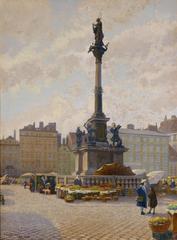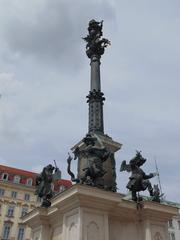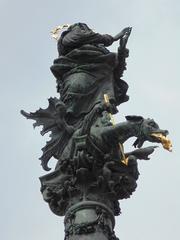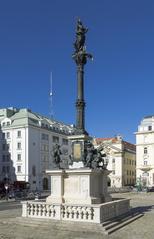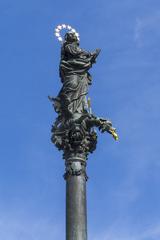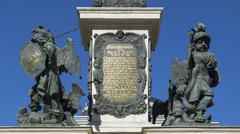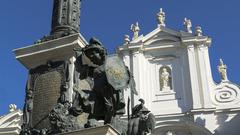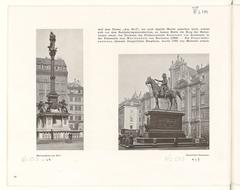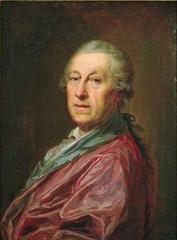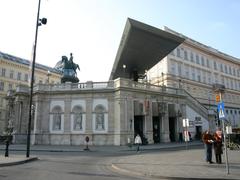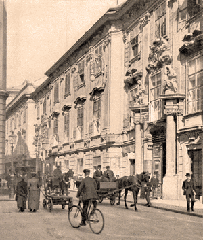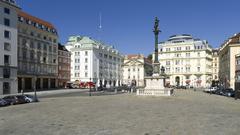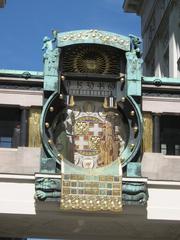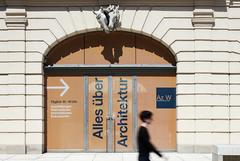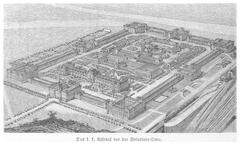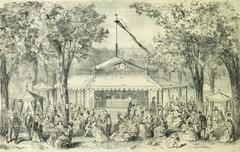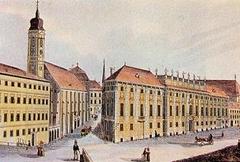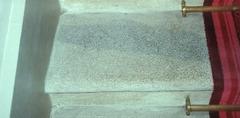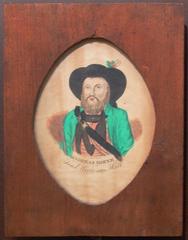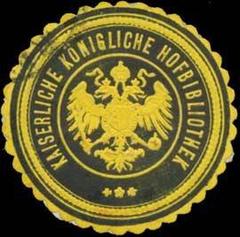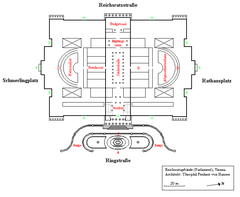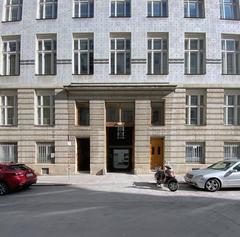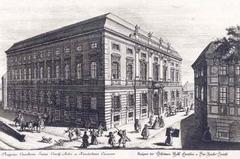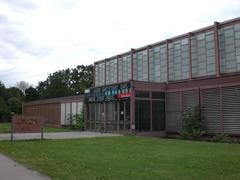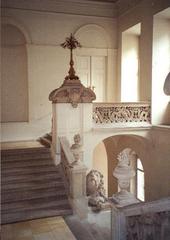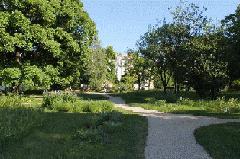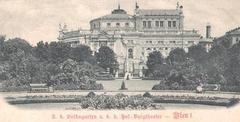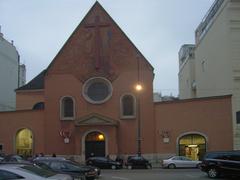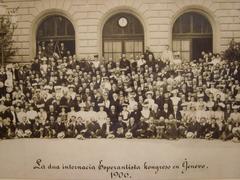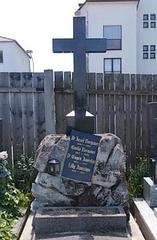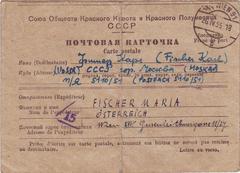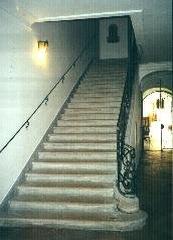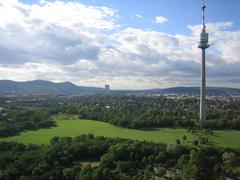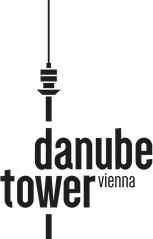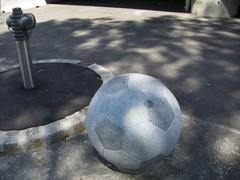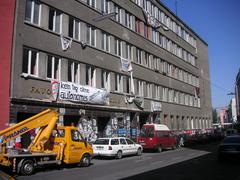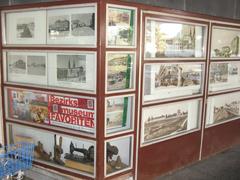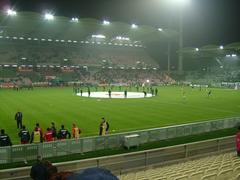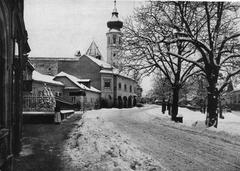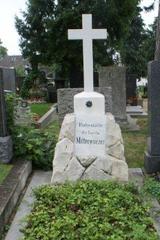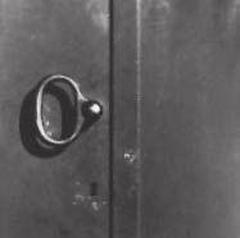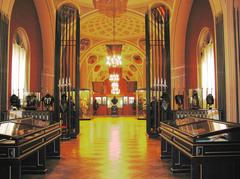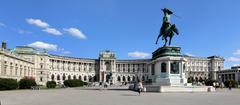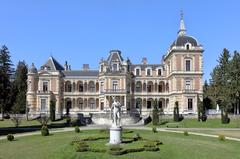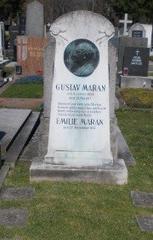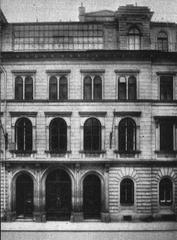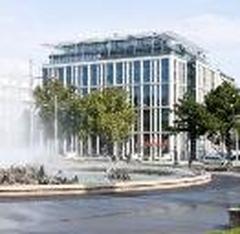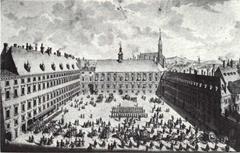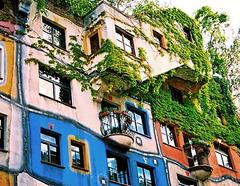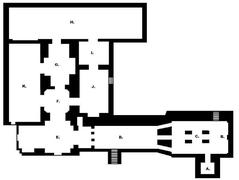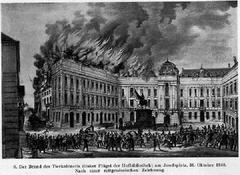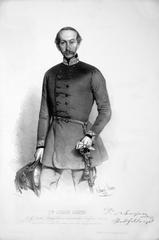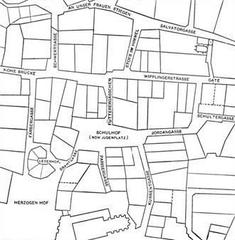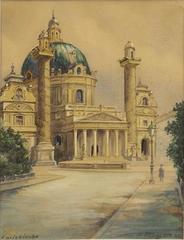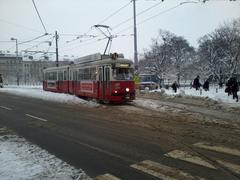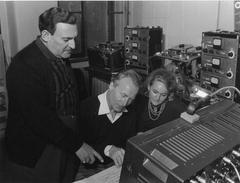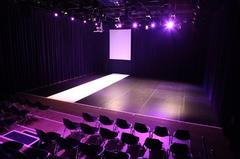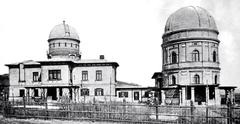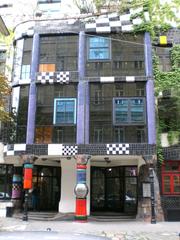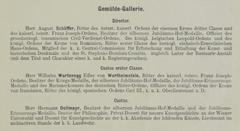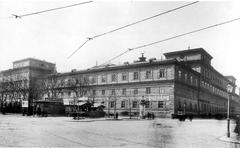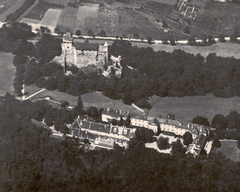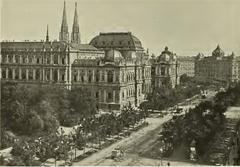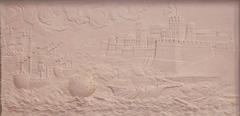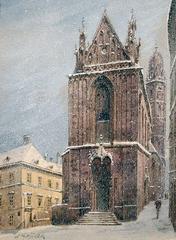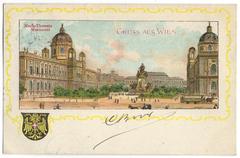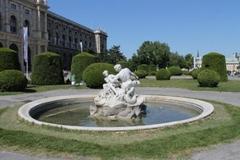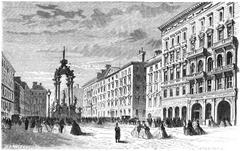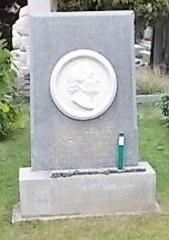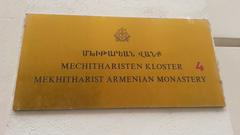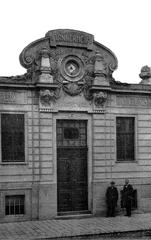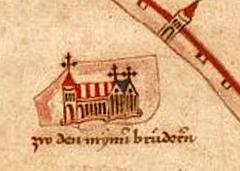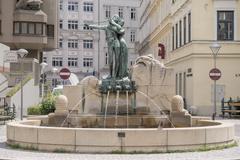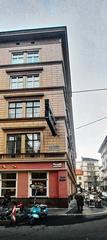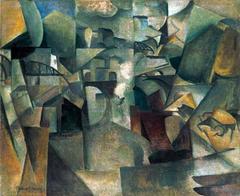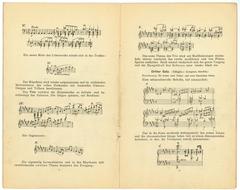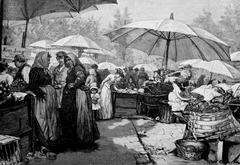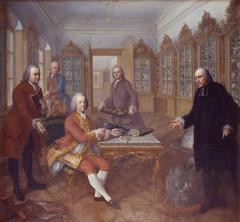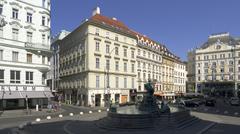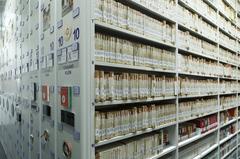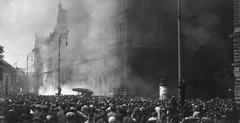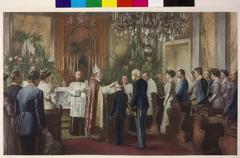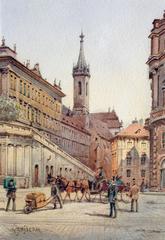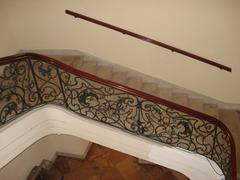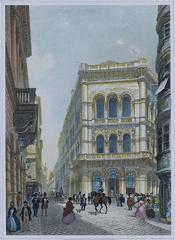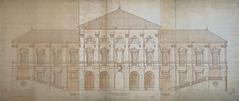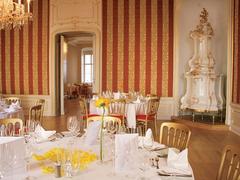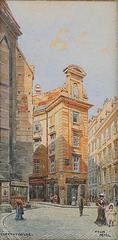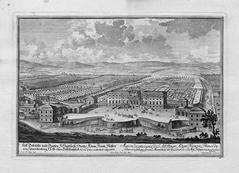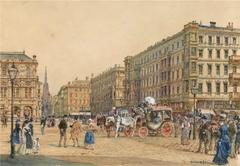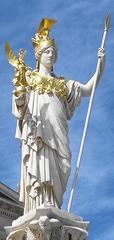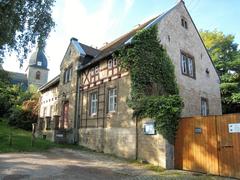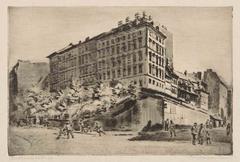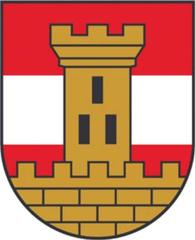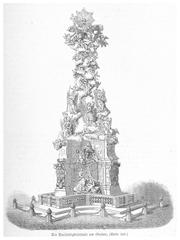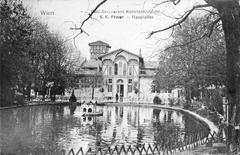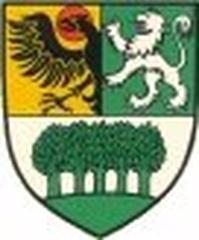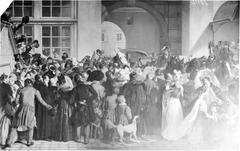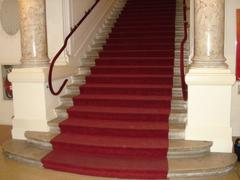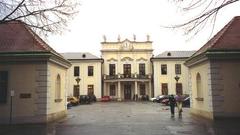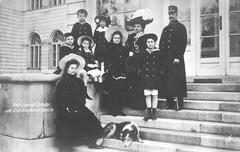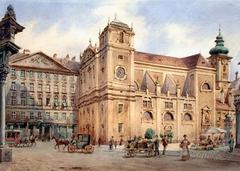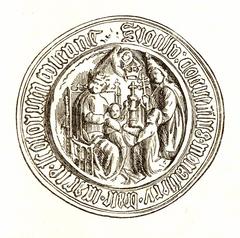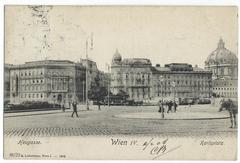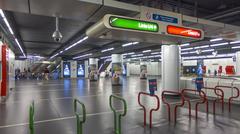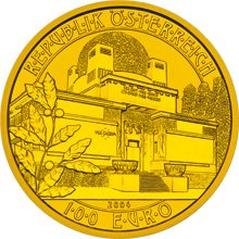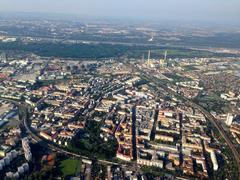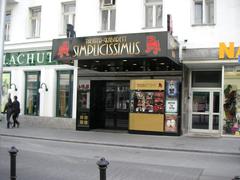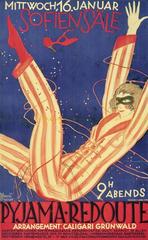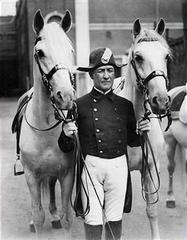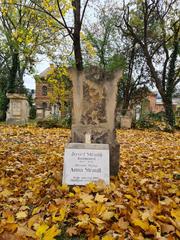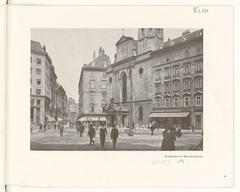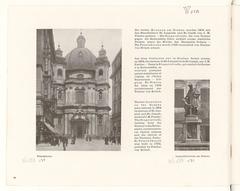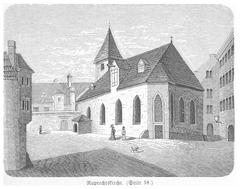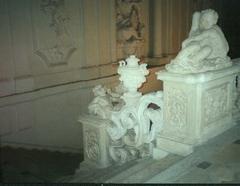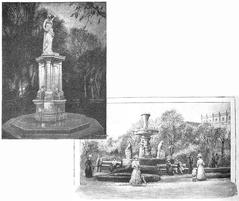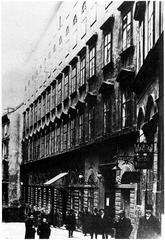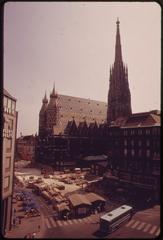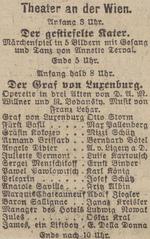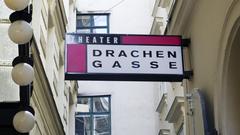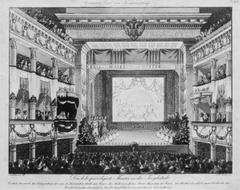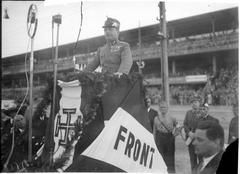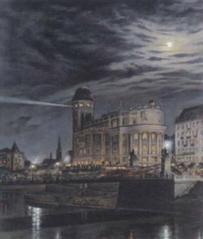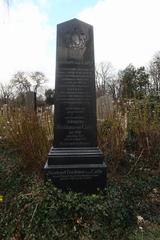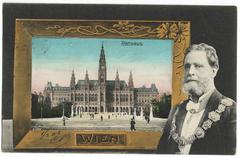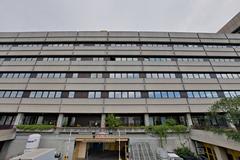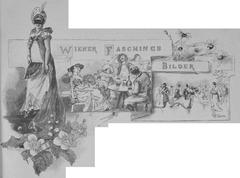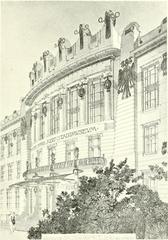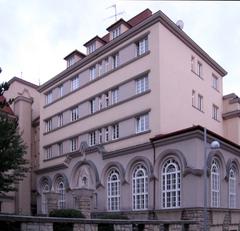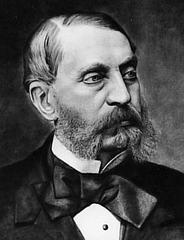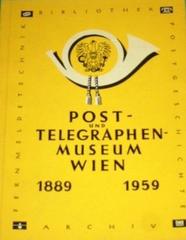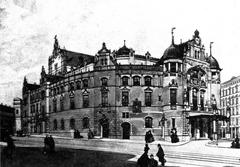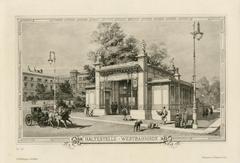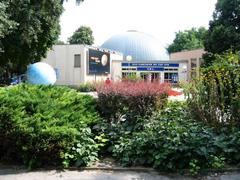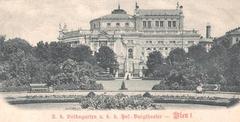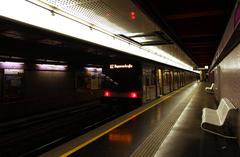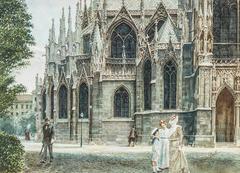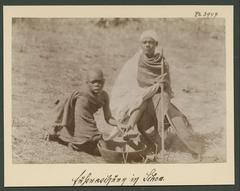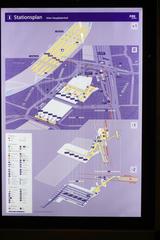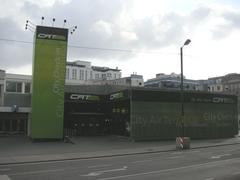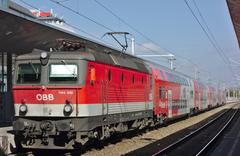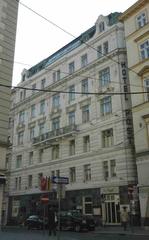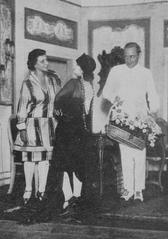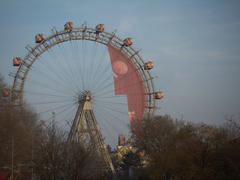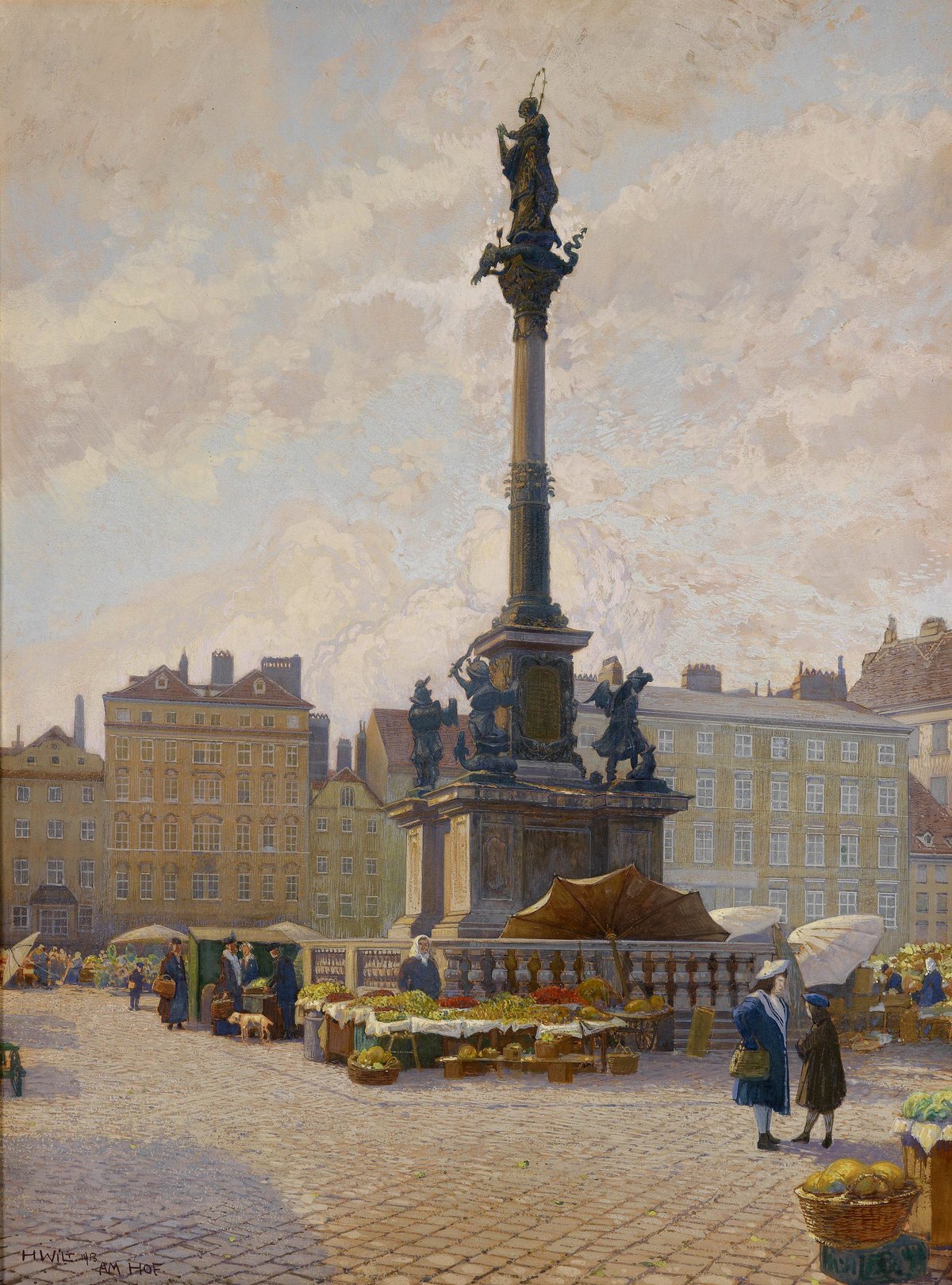
Visiting Am Hof: History, Tickets, and Travel Tips
Published on: 01/08/2024
Introduction to Am Hof
Am Hof square in Vienna is a historical gem that has witnessed centuries of change, from its origins in the Roman era to its present-day vibrancy. Nestled in the heart of Vienna’s 1st district, this square offers a rich tapestry of historical, cultural, and architectural significance that makes it a must-visit destination for anyone exploring Vienna. The square’s roots date back to the Roman military camp of Vindobona, establishing its strategic importance early on (A View on Cities). Over the centuries, it evolved from a medieval jousting ground to a bustling marketplace under the Babenberg and Habsburg dynasties (Vienna City Markets). Today, Am Hof is a vibrant hub that blends historical significance with modern-day attractions, including notable landmarks like the Kirche am Hof and the Mariensäule (Visiting Vienna). This comprehensive guide provides essential information on visiting Am Hof, including its rich history, key attractions, visitor tips, and nearby sites, ensuring you make the most of your experience in this iconic location.
Contents
- Introduction
- Historical Background
- Roman Era and Early Medieval Period
- Babenberg Dynasty and the 12th Century
- Transformation into a Market Square
- The Kirche am Hof
- Mariensäule
- The Fire Brigade Museum and Bürgerlisches Zeughaus
- The Role of Am Hof in the Holy Roman Empire
- Architectural Evolution
- Cultural Significance
- Modern-Day Am Hof
- Notable Events and Figures
- Visitor Information
- Visiting Hours and Tickets
- Accessibility
- Travel Tips
- Nearby Attractions
- Special Events and Guided Tours
- Photographic Spots
- FAQ Section
- Conclusion
Historical Background
Roman Era and Early Medieval Period
The history of Am Hof square in Vienna dates back to the Roman era when it served as a garrison for the Roman army. This strategic location was part of the Roman military camp known as Vindobona. The remnants of this early settlement laid the foundation for future developments in the area (A View on Cities).
Babenberg Dynasty and the 12th Century
In the 12th century, the Babenberg duke Henry II Jasomirgott constructed a castle on the Roman foundations. This castle became the residence of the dukes of Austria from 1156 until 1220. The square in front of the castle, known as Am Hof, was initially used for jousting tournaments and later evolved into a bustling market square (A View on Cities).
Transformation into a Market Square
By around 1280, Am Hof was transformed into a marketplace after the Habsburgs moved from the old Babenberg royal seat to their newly erected seat in the area of today’s Hofburg Palace. The square hosted various markets over the centuries, including a sea fish and crustacean market established in the 14th century. The market continued to evolve, with different goods such as fruit, vegetables, bread, cakes, and pastries being traded there (Vienna City Markets).
The Kirche am Hof
One of the most significant landmarks on Am Hof square is the Kirche am Hof, a church founded in 1386 by the Carmelite order. The original Gothic structure underwent significant changes in the 17th century when the Italian architect Carlo Carlone rebuilt its facade in Baroque style. This church has played a pivotal role in Vienna’s history, including the declaration of the end of the Holy Roman Empire from its balcony in 1806 after Napoleon occupied Vienna (Visiting Vienna).
Mariensäule
In front of the Kirche am Hof stands the Mariensäule (Marian Column), commissioned by the Holy Roman Emperor Ferdinand III to thank Mary for repelling the Swedish forces during the Thirty Years’ War. The column, built between 1664 and 1667, features a statue of the Virgin Mary and is surrounded by four cherubs fighting against symbolic creatures representing war, heresy, hunger, and the plague (A View on Cities).
The Fire Brigade Museum and Bürgerlisches Zeughaus
Opposite the Kirche am Hof is the Feuerwehr Zentrale (central fire station), where the first professional fire brigade in Continental Europe was established in 1685. This building now houses the Feuerwehrmuseum (Fire Brigade Museum), which displays historical firefighting equipment. The adjoining Bürgerliches Zeughaus, originally built in 1530 as an arsenal, features a richly decorated Baroque facade added in 1732 (A View on Cities).
The Role of Am Hof in the Holy Roman Empire
Am Hof square has been a witness to several significant historical events. One of the most notable was in 1806 when the end of the Holy Roman Empire was declared from the balcony of the Kirche am Hof. This event marked a pivotal moment in European history, signaling the end of an era and the beginning of new political dynamics in the region (Visiting Vienna).
Architectural Evolution
The architectural landscape of Am Hof has evolved over the centuries, reflecting various historical periods and styles. The most elegant facade on the square belongs to the Urbanihaus, located at no. 12 on the east side of the square. This High-Baroque facade dates back to the 18th century, although the history of the house can be traced back to the mid-14th century (A View on Cities).
Cultural Significance
Throughout its history, Am Hof has been a cultural hub in Vienna. In the 12th century, it was a place for tournaments and a marketplace where brilliant singers and poets, such as Reinmar von Hagenau and Walther von der Vogelweide, performed. Today, the square continues to host market stalls where visitors can purchase unique crafts, books, and antiques, maintaining its cultural energy (Vienna Itineraries).
Modern-Day Am Hof
Today, Am Hof is a vibrant square that blends historical significance with modern-day attractions. It is easily accessible by foot, public transportation, or car, with the nearest metro station being Stephansplatz. The square is surrounded by historical buildings, shops, restaurants, and cultural attractions, making it a must-visit destination for any traveler exploring Vienna (In Austria).
Notable Events and Figures
Am Hof has also been a stage for notable events and figures throughout history. For instance, Pope Pius VI gave an Easter blessing from the Kirche am Hof’s balcony in 1782. More recently, Popes John Paul II (1983) and Benedict XVI (2007) made appearances on the same platform, highlighting the square’s ongoing significance in religious and cultural contexts (Visiting Vienna).
Visitor Information
Visiting Hours and Tickets
Am Hof square is open to the public 24/7. However, specific attractions such as the Kirche am Hof and the Fire Brigade Museum have their own visiting hours. The Kirche am Hof can be visited from Monday to Saturday, 10 AM to 6 PM, and Sundays from 1 PM to 6 PM. The Fire Brigade Museum is open on weekdays from 9 AM to 3 PM. Most attractions in Am Hof are free to visit, but some may require a small donation or ticket fee.
Accessibility
Am Hof is accessible to visitors with disabilities. The square is flat, and most buildings have ramps or elevators. Public transportation options, including buses and the metro, are also accessible.
Travel Tips
- Visit early in the morning or late in the afternoon to avoid crowds.
- Wear comfortable shoes, as you’ll be walking on cobblestone streets.
- Check the weather forecast and dress appropriately.
Nearby Attractions
- St. Stephen’s Cathedral: A short walk from Am Hof, this iconic Gothic cathedral is a must-see.
- Hofburg Palace: The former imperial palace of the Habsburg dynasty, now home to several museums.
- Albertina Museum: Known for its extensive collection of graphic arts and modern art exhibitions.
Special Events and Guided Tours
Am Hof hosts various events throughout the year, including Christmas markets, Easter markets, and antique fairs. Guided tours are available and can be booked through local tour operators or the Vienna Tourist Board. These tours provide in-depth historical insights and access to areas not usually open to the public.
Photographic Spots
- Mariensäule: Capture the beautiful Marian Column with the Kirche am Hof in the background.
- The Fire Brigade Museum: The Baroque facade of the Bürgerliches Zeughaus makes for an excellent photo backdrop.
- Urbanihaus: The elegant High-Baroque facade is a stunning subject for photography.
FAQ Section
Q: What are the visiting hours for Am Hof?
A: The square itself is open 24/7, but specific attractions like the Kirche am Hof and the Fire Brigade Museum have their own visiting hours.
Q: How much does it cost to visit Am Hof?
A: Most attractions in Am Hof are free to visit, but some may require a small donation or ticket fee.
Q: Are there guided tours available at Am Hof?
A: Yes, guided tours are available and can be booked through local tour operators or the Vienna Tourist Board.
Conclusion
The historical background of Am Hof square in Vienna is rich and multifaceted, encompassing Roman military origins, medieval market activities, significant architectural developments, and pivotal historical events. This blend of history and culture makes Am Hof a unique and essential part of Vienna’s heritage, offering visitors a glimpse into the city’s past while enjoying its present-day vibrancy. For more information and updates, follow us on social media or download our mobile app Audiala.
